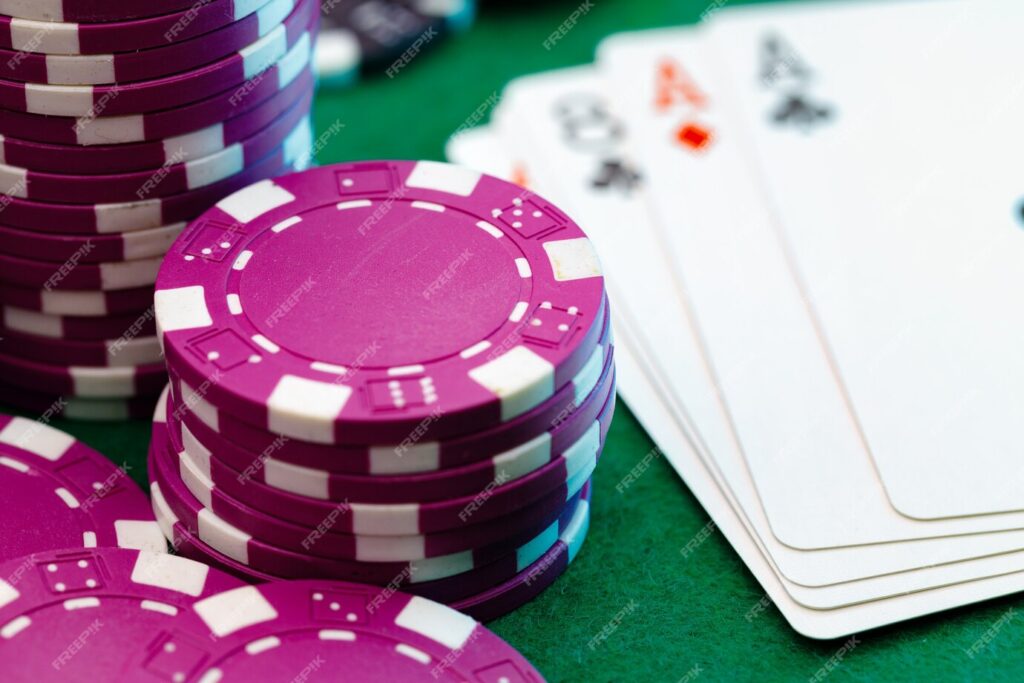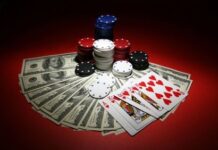
“Hit or stand?” In the world of card gambling, this question is as significant as Shakespeare’s “To be, or not to be?” The latter, of course, is more philosophical, whereas the former is quite mathematically calculable!
Nevertheless, there are different approaches to playing blackjack, and for those who are new to the game, picking up a basic strategy can help. At the very least, it will help you get a deeper understanding of the casino classic game as you build up your knowledge.
Starting with a basic strategy for blackjack is a good idea, but it helps to know its main weakness and consider a more advanced option. While this advanced strategy won’t make £100 into £10,000 in a few hands at a pay by SMS casino or any other trusted platform, it will guide you toward playing the game with more insight.
Blackjack Basic Strategy
Everyone has to start somewhere. You are not going to pick up blackjack and overwhelm yourself with the many strategy points all at once. You need an abridged guide to get started and to learn some of the basic averages within the game.
The essential basics of blackjack are understanding when you need to “surrender” which is to just give up the hand, “hit” which is taking another card, or “stand” when you settle on the total you have already.
What to Do with Basic Strategy Chart
The basic blackjack strategy involves a lot of memorisation. It’s essentially a chart of predetermined decisions depending on what is in front of you at the table. But these charts are large and trying to remember every single scenario isn’t an easy thing.
The chart will show you your total, plus what up card the dealer has and recommend a course of action. As an example, the basic strategy recommendation is to “hit” if you have a hard 15 while the dealer has a 7 as their up card. If the dealer’s up card was a 2, then the basic strategy would tell you to “stand”.
A “hard” blackjack hand does not have an ace, while a “soft” hand has one, as the ace can be worth 1 or 11. Whether the hand is “hard” or “soft” will also dictate the strategy.
Order of Operations
Armed with a basic strategy card, many blackjack beginner players then follow a standard line of operations to get through a game.
Surrender?
The first decision will be whether the hand should be surrendered. There are two variations of this, an early surrender is folding the hand before the dealer checks their cards for blackjack. Late surrender means you can only fold after the dealer has peeked for blackjack and didn’t get it. Early surrender forfeits 1/2 of your initial bet.
Split?
The second factor to consider is whether to split, which can only be done when your first two cards are a pair or two ten-value cards.
Double?
If you don’t split, then you need to consider the doubling option. You can double down if you have a hard 9, 10 or 11 total with no ace. After doubling the bet, you will receive only one more card. Doubling shouldn’t be done if the dealer has an ace or your total is 12 or more.
Hit or Stand
Then comes the decision for your basic strategy of whether you should take another card or stand where you are.
Deviations of Strategy
A single-deck strategy will be different from a multi-deck strategy because the probabilities are different. So deviations for the different game types are when boosted strategy comes in. A deviation is when you don’t stick to the basic blackjack strategy, and requires a higher level of skill.
An example is the advanced method of the True Count, which is a way to calculate a running count of high-value and low-value cards that are remaining in the deck. This is a skill that needs time to master but will take you far beyond basic strategy.
If you only ever rely on the basic strategy charts then you are never going to learn to play by instinct or be flexible enough to adapt and grow. So that’s where basic strategy can fail you. There may be a bigger opportunity in front of you, based on the cards that have been counted, that can only be taken by a deviation.
But is it worth advancing beyond basic skills? Yes. It’s estimated that card counting in blackjack, for example, will give a player a 1% profit margin, and a proper, expert strategy can cut the casino edge by 0.5%. It’s small margins, but those are the ones that count in blackjack.





